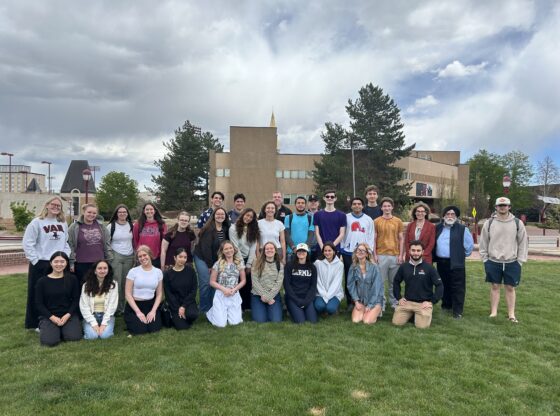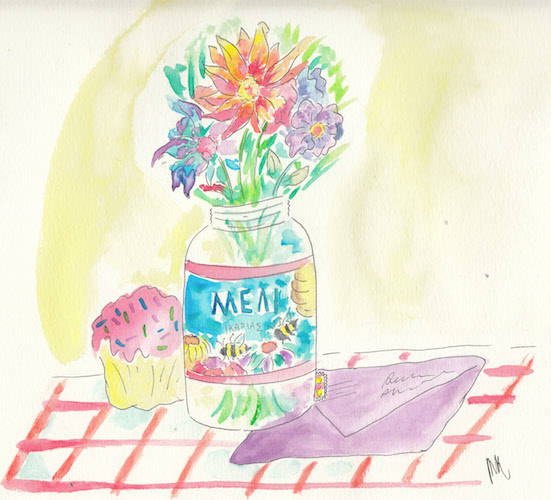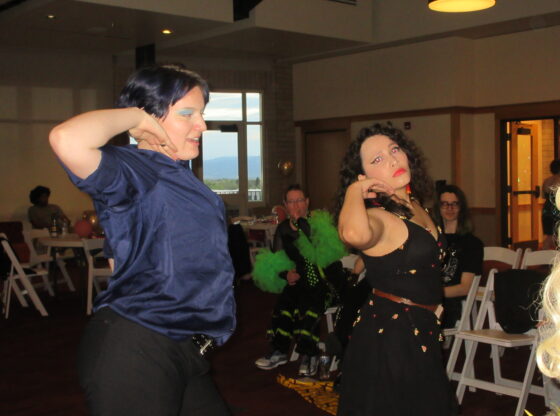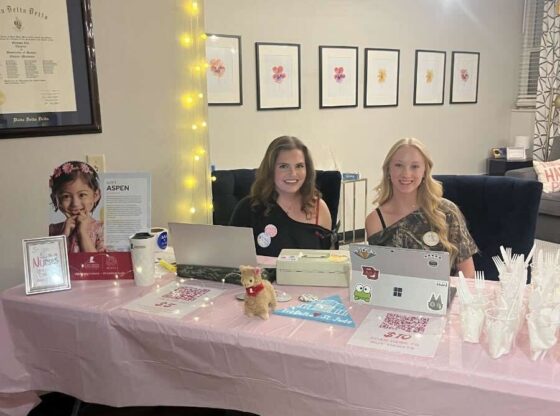Beer and witches have far more in common than one might suspect. Whether you are out partying during this spooky season or just hanging out watching a Halloween movie—you are bound to run into one of them eventually, so it is good to understand their feminist origins.
Beer has historically been viewed as the pinnacle of “manly” drinks. Men have claimed it as a drink by men and for men—the drink of the Super Bowl and boys night. Little do they know, beer has been brewed by women since the beginning of its inception almost 10,000 years ago by Babylonian and Sumerian female brewsters.
When humanity largely functioned as hunter gatherers or early agrarian societies, the work was primarily divided between men and women. Women were expected to do most of the food and drink preparation, including the early forms of beer. The drink has stood the test of time, and centuries later men began to become concerned about the level of autonomy beer brewing offered women who chose to be brewers by trade.
As beer began to become more profitable in Europe and early American colonies, women were able to garner independence from it, independence that threatened the sexist foundations men had built.
As a result, female beer brewers were demonized by the societies they lived in. Around the late 1600’s the Salem Witch Trials began, a targeted attack on women who were able to create their own method of sustaining themselves with the same skills they once used to serve their families and frequently their husbands.
The same women demonized for their herbal skills were put to the flames for their beer brewing abilities. Many of the men, particularly the ones in leadership, were threatened by female independence and declared these women witches regardless of any malicious intent or actual magical abilities.
A surprising number of the symbols we associate with witches today come from this time period and negative light cast on entrepreneurial women who were just trying to create an independent life for themselves.
For example, at the time of the witch trials, beers were often brewed in large “cauldron-like” pots that bubbled with the heat as they stirred, sound familiar? Female brewers also wore tall pointed hats so they could be easily spotted in markets, much like the spooky fictional witches of today. Many also had cats to chase mice out of their granaries. Finally, they used broomsticks placed outside their doors to signify that they were open for business and had beer available to sell.
Unfortunately, the role of women in the history of beer has been erased by time and the efforts of men to refocus beer into the ultimate manly drink. Their creativity and years of effort are forgotten like so many historical female accomplishments erased to form a more convenient narrative. So next time you see a witch on a late night joy ride, or crack open a cold one with the boys, remember the pointy-hatted, beer-brewing, cat-taming women of the war on witches. Without them, we’d have a very different Halloween, and far fewer craft beer connoisseurs.











